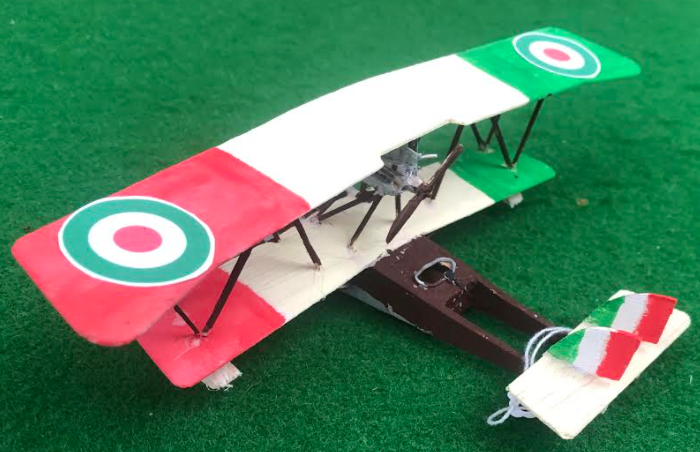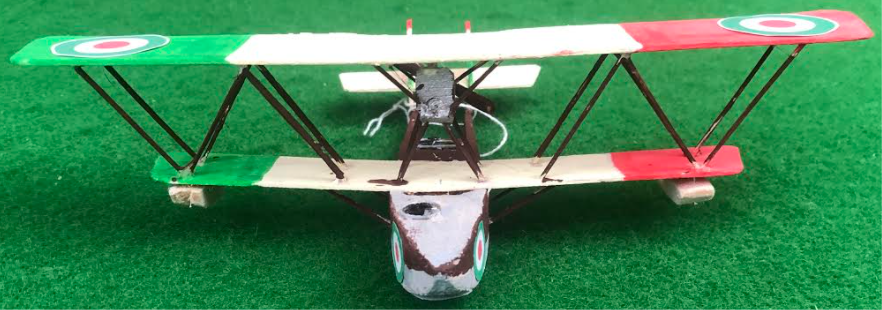Macchi M.12
The Macchi M.12 was a flying boat bomber produced in small numbers in Italy in 1918. It had a conventional design generally similar to an enlarged version of other Macchi designs of the period and featured the Warren truss-style interplane struts that had been introduced on the Macchi M.9. A major difference however, was its twin-boom fuselage, each with a separate tailfin.
The manufacturer Nieuport-Macchi, having acquired experience in seaplanes, began to study a new aircraft which he then offered to the Regia Marina under the designation of M.12. Although slightly larger, it has the same general configuration as its predecessors. However, it stands out with its fuselage fitted with a wider hull for better sea-keeping and a twin-beam tail, fitted with two fins linked together by the horizontal tail.
The hull has a solid wooden structure with mahogany spars and frames and plywood cladding. The sesquiplan type wings have a wooden structure and are covered with treated and painted canvas. The uprights are not conventional, but of the Warren trellis type. Floats are installed under the lower plane, just as it is possible to install racks there to transport up to 400 kg of bombs. The 450hp Ansaldo 4 E.28 engine, installed under the upper plane, drives a two-bladed propulsive wooden propeller. The three crew members sit side by side in an open cockpit, protected by a windshield. The pilot is seated on the left, the observer in the center and the machine gunner on the right, near the turret equipped with a Lewis 7.7mm machine gun. If needed,
The first flight was made at the end of the summer of 1918 and five other examples were built before the end of the conflict in November, but none of these aircraft had the opportunity to participate in hostilities.


